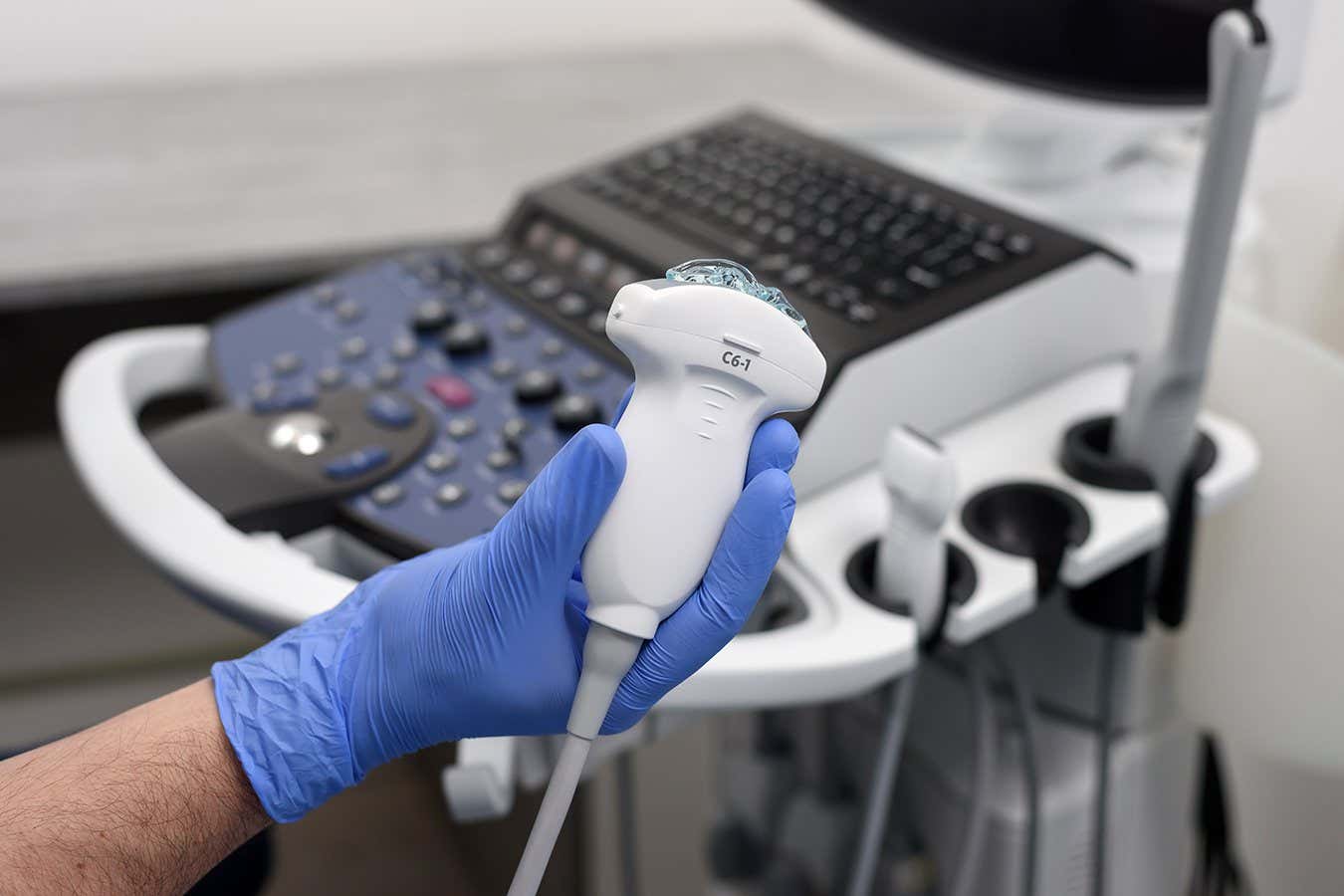Vaccines can be delivered through the skin using ultrasound. This method doesn’t damage the skin and eliminates the need for painful needles. To create a needle-free vaccine, Darcy Dunn-Lawless at the University of Oxford and his colleagues mixed vaccine molecules with tiny, cup-shaped proteins. They then applied liquid mixture to the skin of mice and exposed it to ultrasound – like that used for sonograms – for about a minute and a half.



I’m dumb…what does being diabetic have to do with inability to get needle vaccines? I’m seriously asking.
There’s type 1 and 2 diabetes. I believe type 2 requires you to regularly prick your fingers to test your blood sugar levels several times a day while type 1 requires mandatory insulin shots into your stomach a few times a day. Basically a diabetic fuckin hates needles for good reason and to be able to do that with ultrasound would be rad.
It could be that if vaccines can be attached to a “cup-like protein” and given through the skin, than maybe insulin could too. Just less needle sticks overall
OHHHHHHH. Jeez it took me way too long for this to click. Thanks!
If i remember correctly diabetic people have a hard time closing a wound
deleted by creator
The pancreas is an organ which produces a hormone called insulin, which regulates the intake of sugar from the blood.
In type 1 diabetics, the pancreas has been damaged by an autoimmune reaction, so they need to monitor their blood sugar and administer insulin to the blood using external equipment.
This can be done manually with a needle and glucose tester for measuring blood sugar, and a syringe for administering insulin, or an insulin pump and continuous glucose monitor, which adhere to the skin and have continuous access to the blood through a cannula.
Being able to administer insulin without a needle or cannula would eliminate a common point of failure in this system. The cannula of an insulin pump can easily become dislodged from the skin when disturbed and leak insulin onto the surface, resulting in high blood sugar and wasted insulin.